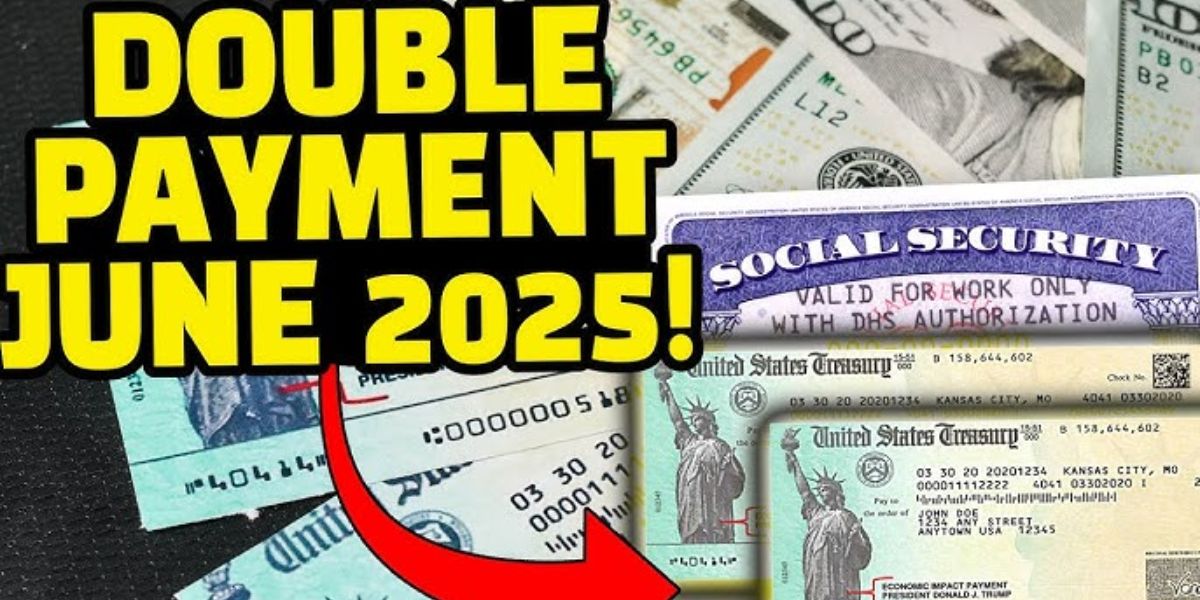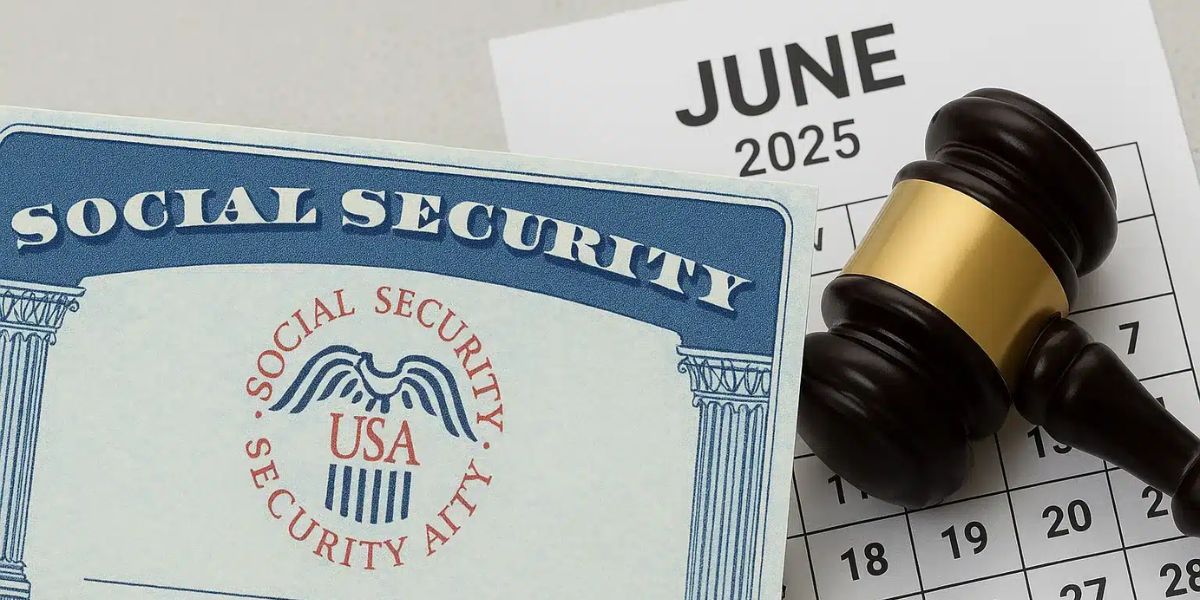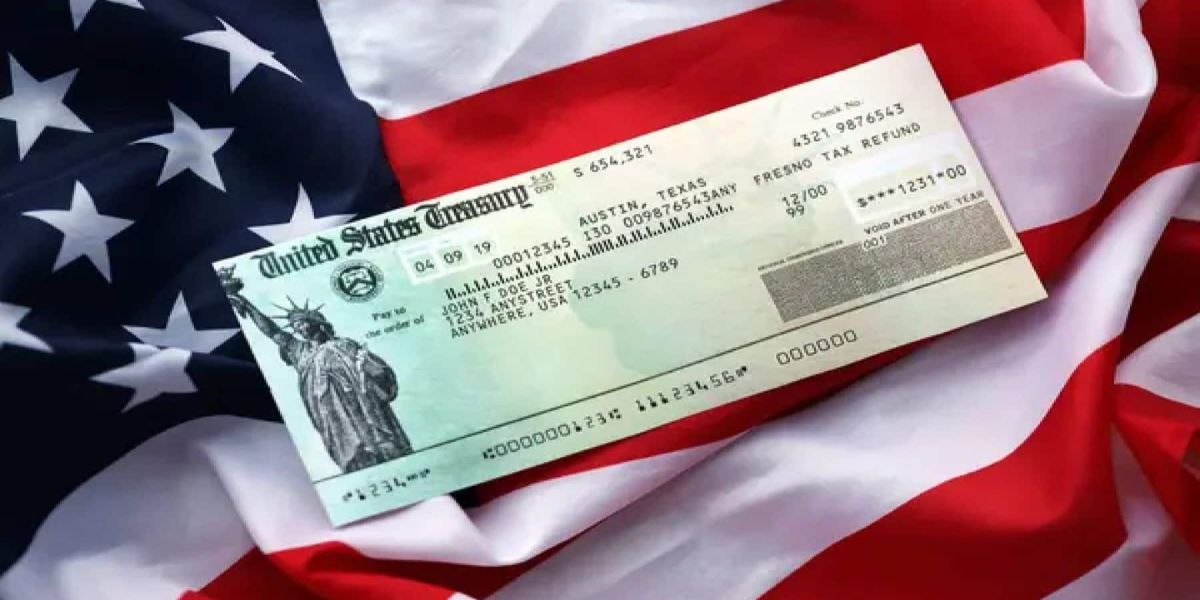If you rely on Social Security, missing a payment can be a serious concern — and it’s happening more often than you might think. Whether due to paperwork errors, eligibility issues, or fraud, thousands of Americans are suddenly finding their monthly checks delayed or stopped. Here’s what residents in your area need to know right now.
How Social Security Payments Can Be Interrupted
Social Security payments can stop for several reasons, and many recipients aren’t even aware they’re at risk until it’s too late.
According to the Social Security Administration (SSA), common causes include:
- Failure to report income changes, such as starting a new job or receiving another form of benefits.
- Address or banking changes that aren’t properly updated in their system.
- Death reporting errors, where living beneficiaries are mistakenly listed as deceased.
- Suspected fraud or identity theft which can lead to temporary holds for security purposes.
- Incarceration or certain criminal convictions, which can result in immediate suspension.
Even a minor miscommunication — like forgetting to update your bank after moving — can trigger an unexpected payment freeze.
What To Do If Your Payments Suddenly Stop
If you didn’t receive your monthly Social Security check, you’ll want to act quickly. Fortunately, there’s a clear process for resolving the issue.
According to AARP, here’s what you should do:
- Check your bank or Direct Express card account to confirm the deposit was missed.
- Log in to your Social Security account online to check your status.
- Contact the SSA directly at 1-800-772-1213. Phone wait times may be long, so it’s best to call early in the day.
- If your check was lost or stolen, SSA will issue a replacement after verifying your identity and payment history.
In some cases, you may be asked to submit a Form SSA-561 (Request for Reconsideration) if the payment stop was due to a benefit eligibility issue.
Red Flags That Could Lead to a Suspension
Staying informed about what could trigger a payment stop can help you prevent issues before they start.
Some red flags include:
- Unreported travel outside the U.S. for more than 30 consecutive days, which could disqualify you from Supplemental Security Income (SSI).
- Having more than $2,000 in countable resources as an individual (or $3,000 for a couple) when receiving SSI benefits.
- Not responding to SSA mail — missing important follow-up letters or redetermination reviews can result in immediate suspension.
The SSA regularly conducts Continuing Disability Reviews (CDRs), and not cooperating with them can also affect your payments. According to the SSA:
How to Get Payments Reinstated
If your benefits were suspended or stopped, you may be able to get them reinstated — but the process varies depending on the cause.
For suspensions due to non-financial reasons (such as missed paperwork):
- File a Reinstatement Request and provide all required documentation.
- Meet any outstanding obligations, such as returning overpayments or completing SSA evaluations.
If benefits were terminated due to financial ineligibility, such as exceeding resource limits, you’ll need to reapply or request a new eligibility determination once your financial situation changes.
Final Reminder
Keeping your Social Security information up to date — including your income, residence, and bank account — is the best way to avoid payment interruptions. If your check is late or missing, don’t wait. Follow the SSA’s steps and use their official online tools to get help fast.
Stay informed and follow us for more local updates on benefits, retirement, and Social Security news.
This article was written by John Deluca. AI was used lightly for grammar and formatting, but the ideas, words, and edits are all mine.












